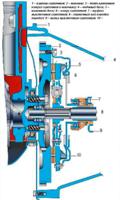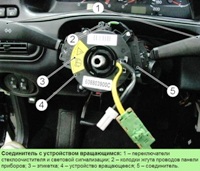Replace the shock absorber if there is a leak of shock absorber fluid or loss of damping efficiency
The principle of operation of the shock absorber is based on creating increased resistance to body swaying due to the forced flow of fluid through small flow sections in the valves (this applies to oil shock absorbers, while in gas shock absorbers, the principle of operation is based on the pressure of gas pumped under a certain pressure).
The health of the shock absorber can be checked in the following ways:
- install the car on a flyover or a viewing hole and swing it by the front bumper, applying a force of 40 - 50 kgf.
With serviceable shock absorbers, the number of body vibrations should not exceed three;
- disconnect the lower shock absorber mount and pump it by hand.
A working shock absorber circulates smoothly, without dips and jams, with little resistance.
In this case, the resistance during the rebound stroke should be greater than during the compression stroke.
Replace defective shock absorbers only in pairs (front, rear) or as a set (all four).
You will need: keys "for 6", "for 17" (two).

While holding the shock absorber rod from turning with a wrench, unscrew the nut.
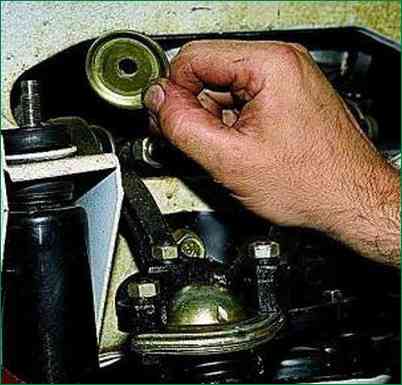
Remove thrust washer
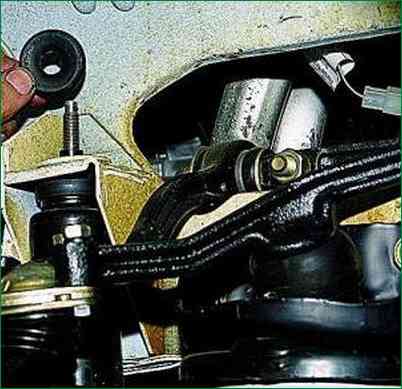
Remove the top rubber pad.
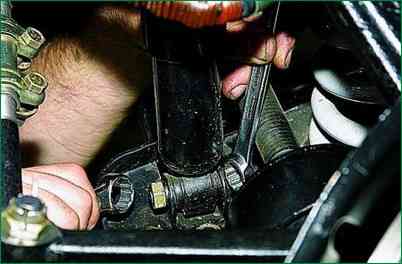
Remove the nut of the lower pivot bolt.
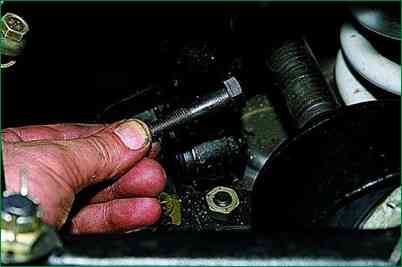
Remove the bolt
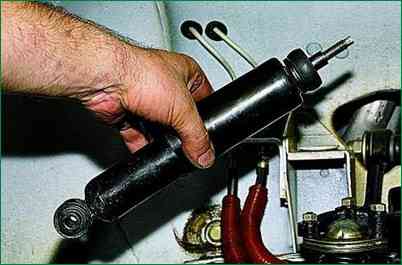
Remove the shock absorber.
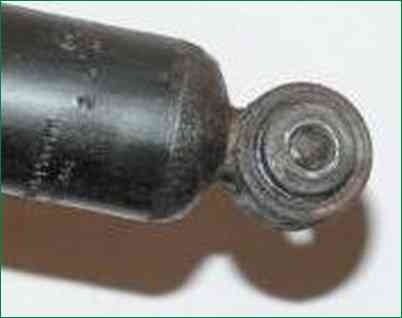
Inspect the lower hinge.
Replace pads and bushings if necessary.
Install the new shock absorber in the reverse order of removal.
Before installing the shock absorber on the car, pull the rod to its full stroke.
If you are working on a lift, lower the vehicle before assembling the top mount so that the suspension is loaded with the weight of the vehicle.







